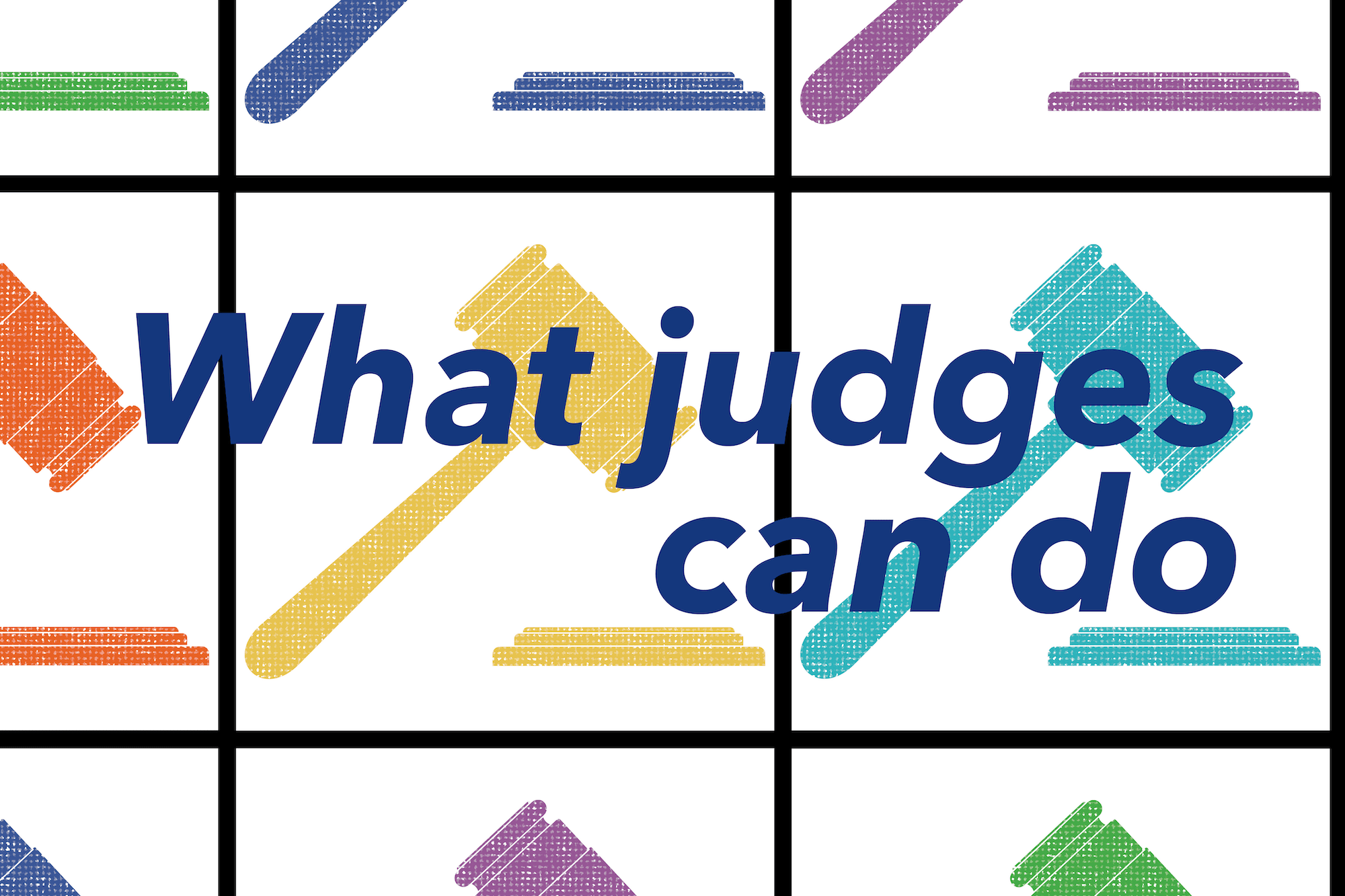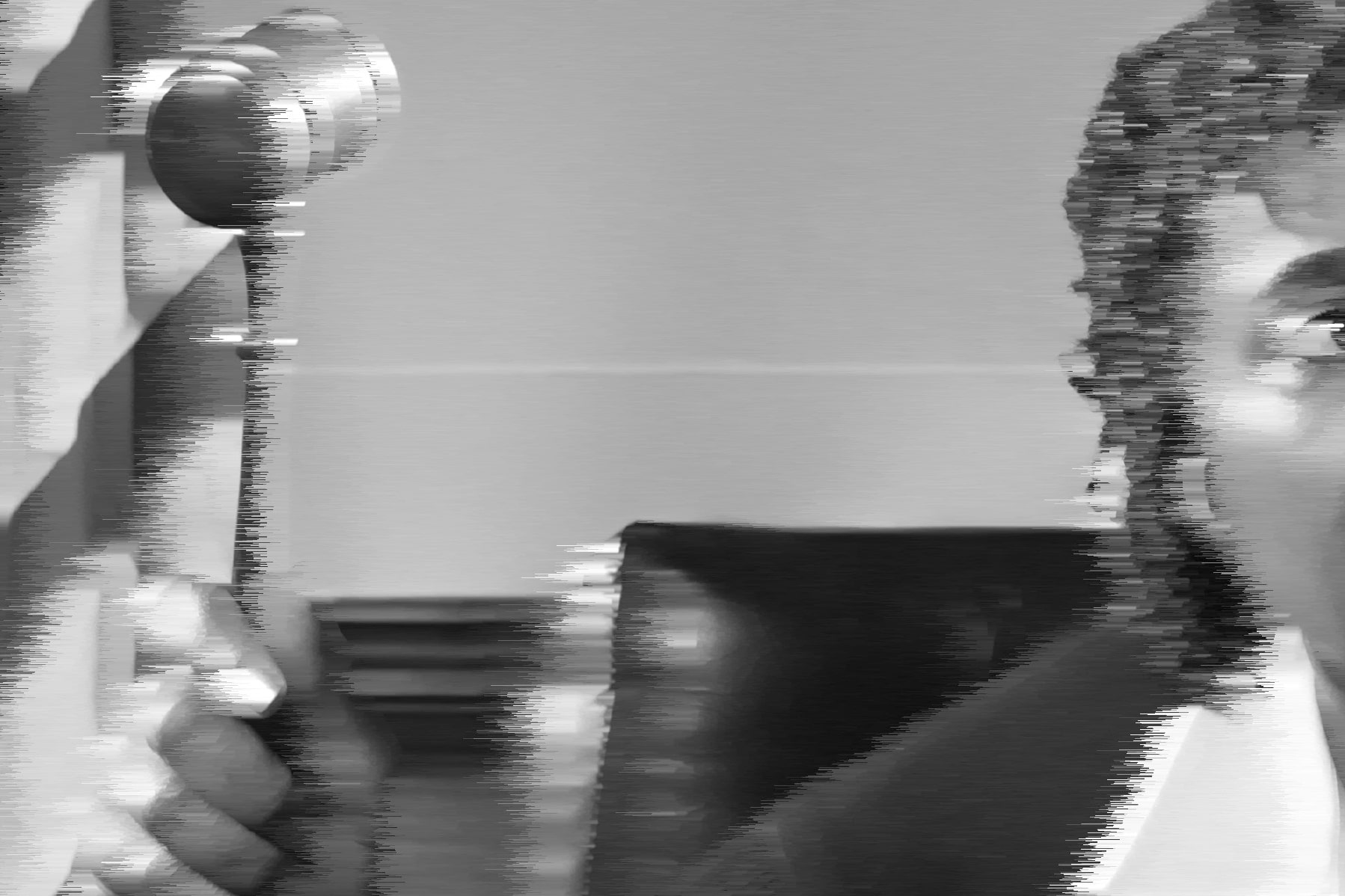Feature
 Court Administration, State Courts, Federal Courts, Criminal Law
Court Administration, State Courts, Federal Courts, Criminal Law
The Creation and Conclusions of the Third Circuit Task Force on Eyewitness Identifications
Vol. 104 No. 1 (2020) | A Clearer ViewIn 2016, the Third Circuit sat en banc to hear the case of Commonwealth v. Dennis.1 Little did the court realize the sustained impact this single appeal would have on […]
 Technology, State Courts, Federal Courts, Criminal Law
Technology, State Courts, Federal Courts, Criminal Law
A Clearer View: The Impact of the National Academy of Sciences Report on Eyewitness Identification
by Jed S. Rakoff and Thomas D. Albright
Vol. 104 No. 1 (2020) | A Clearer ViewSix years ago, the U.S. National Academy of Sciences (NAS) convened a panel of experts to consider the problem of eyewitness identification. Eyewitnesses have long played a significant role in […]
 Court Administration, Technology, State Courts, Federal Courts, Criminal Law
Court Administration, Technology, State Courts, Federal Courts, Criminal Law
Assessing Risk: The Use of Risk Assessment in Sentencing
by Brandon Garrett and John Monahan
Vol. 103 No. 2 (2019) | Pay NCAA athletes?Judges are using risk assessment instruments in criminal cases more than ever before. Their role is increasingly prominent at all stages of the criminal justice system, including policing, pretrial detention, […]
 Judging, Law & Culture
Judging, Law & Culture
JHEALTH: How the Tenth Circuit is Improving the Health and Performance of Federal Judges
by Timothy D. DeGiusti, Marcia S. Krieger and Michael H. Gendel
Vol. 102 No. 1 (2018) | Forensic FailBeing a judge offers many benefits — prestige, intellectual stimulation, autonomy, and the opportunity to provide a community service. But the simple fact is that being a judge does not […]
 Technology, Criminal Law
Technology, Criminal Law
Up to the Courts: Managing Forensic Testimony with Limited Scientific Validity
by Pat Skene
Vol. 102 No. 1 (2018) | Forensic FailU.S. District Court Judge Jed Rakoff of the Southern District of New York tells the story of a firearms and toolmark examiner who appeared before him in 2008, proposing to […]
 Criminal Law
Criminal Law
How Trial Judges Should Think About Forensic Science Evidence
Vol. 102 No. 1 (2018) | Forensic FailHere is a forensic-science test for you. Please answer each of the three questions below True or False. Scientific tests conducted over the past 100 years have repeatedly demonstrated that […]
 State Courts, Federal Courts, Criminal Law
State Courts, Federal Courts, Criminal Law
After Uniqueness: The Evolution of Forensic-Science Opinions
by Alex Biedermann, William C. Thompson and Joëlle Vuille
Vol. 102 No. 1 (2018) | Forensic FailBig changes are occurring in forensic science, particularly among experts who compare the patterns found in fingerprints, footwear impressions, toolmarks, handwriting, and the like. Forensic examiners are reaching conclusions in […]
 Federal Courts
Federal Courts
A bridge too far? An expert panel examines the promise and peril of third-party litigation financing
by Christopher A. Seeger, Ernest J. Getto, Samuel Issacharoff, Amy St. Eve, David W. Ichel and John H. Beisner
Vol. 103 No. 3 (2019) | Fees, Fines, and BailThird-party litigation finance has captured the attention of litigants, the courts, and the academy across the globe. It has the potential to substantially impact civil litigation as we know it […]
 Rule of Law, State Courts
Rule of Law, State Courts
Boxed In: Does the Prospect of Re-Selection Influence Judicial Decision Making?
Vol. 103 No. 3 (2019) | Fees, Fines, and BailWhen Justice Ann A. Scott Timmer was given the opportunity to write on a topic of her choosing as part of Duke Law’s Master of Judicial Studies program, she gravitated […]
 Court Administration, Federal Courts
Court Administration, Federal Courts
Emails to a Federal Judge
Vol. 103 No. 3 (2019) | Fees, Fines, and BailRecently an esteemed member of the bar died. In closing out the lawyer’s laptop, a legal assistant discovered a trove of emails the lawyer had composed and addressed to a […]

